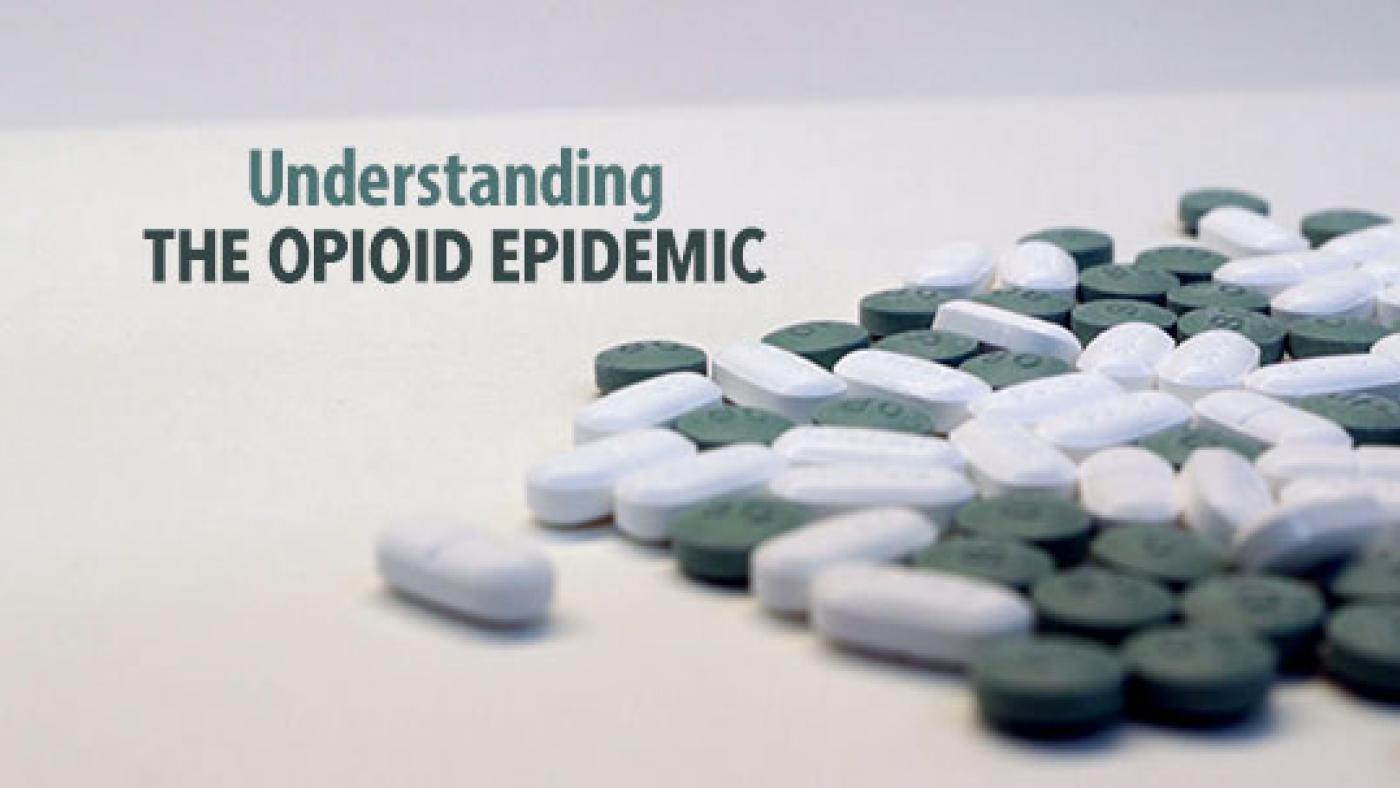Understanding the Opioid Epidemic
Daniel Hautzinger
January 17, 2018

Understanding the Opioid Epidemic airs Wednesday, January 17 at 10:00 pm.
It’s an ongoing crisis that continues to headline the news but remains mostly unaddressed. Drug overdoses are now the leading cause of death of Americans under 50; in 2016, drug overdose deaths reached a record high level, with more than half involving an opioid – and that data may be an underreporting. Understanding the Opioid Epidemic examines the roots of this crisis and the stories of people affected by it.
Frontline has also investigated the opioid and heroin epidemic, in the film Chasing Heroin from early 2016 and various articles and stories. Explore them here.
How Do Drug Courts Work? In early November, President Trump’s Commission on Combating Drug Addiction and the Opioid Crisis released a report listing 56 recommendations for addressing the epidemic. One major policy suggestion was the use of drug courts. Frontline explains what these are and whether they are effective.
The Opioid Epidemic is Growing More Deadly, New Data Suggests “There were around 20 overdose deaths for every 100,000 people during the third quarter of 2016, according to the data, compared to 16.7 deaths during the same period a year earlier.” Frontline examines government statistics, and suggests that they might be low.
What It Would Mean to Declare the Opioid Crisis a National Emergency This article examines some of the ways the federal government could address the opioid crisis, and the obstacles in the way. Despite the recommendation of his opioid commission, Trump only declared the crisis a public health emergency, rather than a national emergency, a designation which provides less resources and options to the government for addressing the crisis.
Heroin and Opioid Addiction In Your Own Words When they released Chasing Heroin in 2016, Frontline asked people to share their experiences with addiction. Former users, people who helped others recover, and people who lost loved ones to addiction shared their stories.
How the Heroin Epidemic Differs in Communities of Color Although much of the current attention, both popular and press, is focused on suburban white communities affected by opioids, communities of color have also seen an uptick in overdose deaths in recent years. (The emergence of the crisis into the national consciousness is partly because it began to affect influential, suburban white communities that people don’t associate with drug addiction.) Not only do minority communities have less attention on their struggles with opioids, they also have less resources and fund to fight the crisis, and often have less options for treatment, as the New York Times recently reported.
The Options and Obstacles to Treating Heroin Addiction What treatment options exist beyond complete abstinence – i.e., detox and rehab – which has been shown to be not as effective as medicated treatment? Frontline explains the different medications available and their respective advantages and drawbacks.







